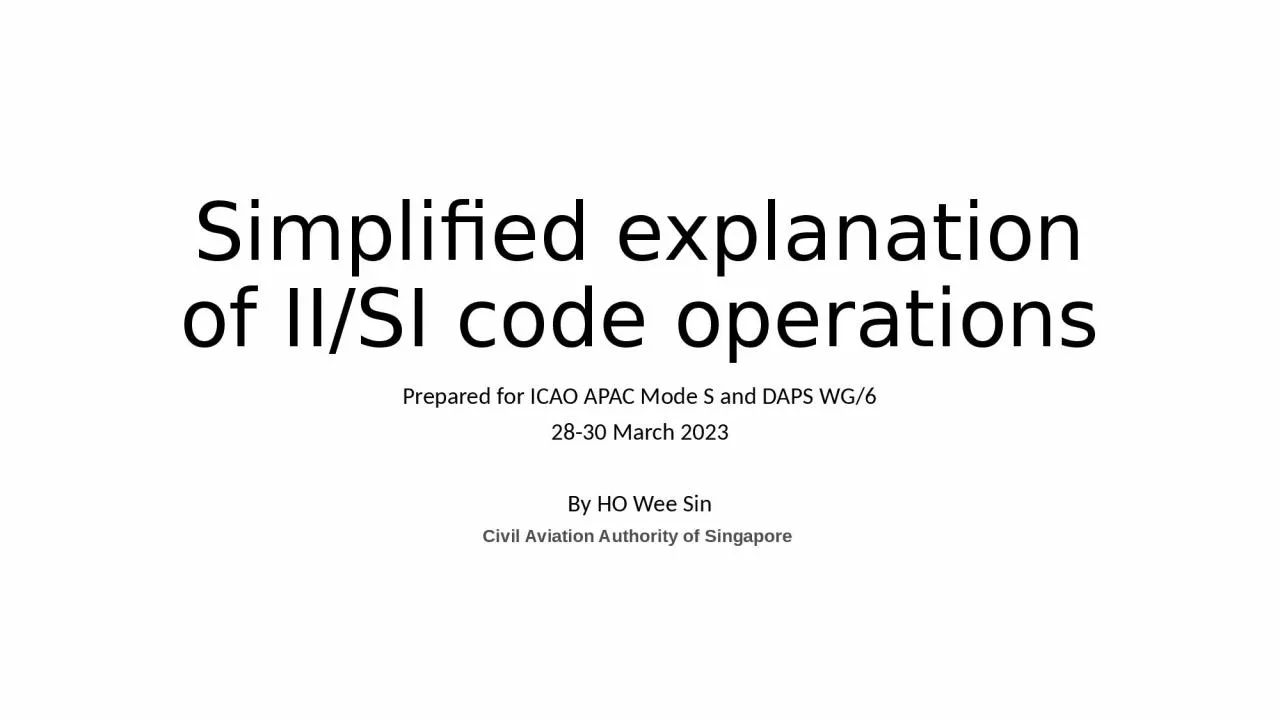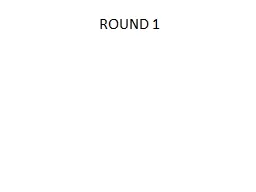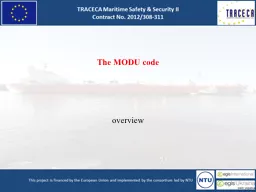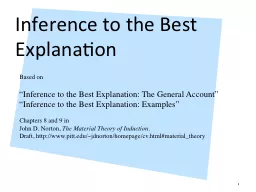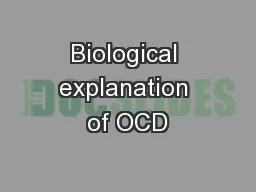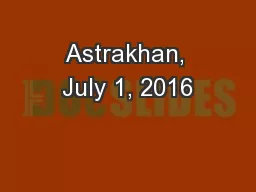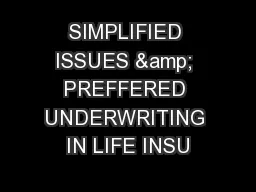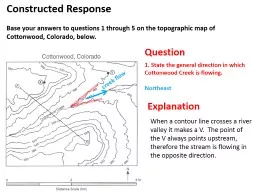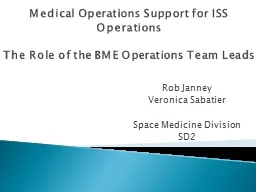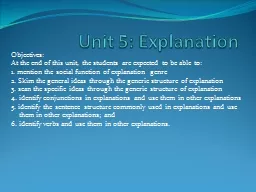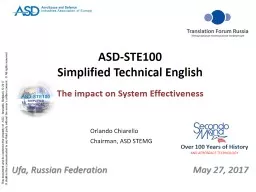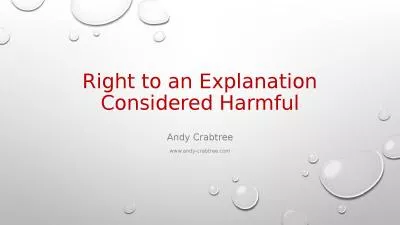PPT-Simplified explanation of II/SI code operations
Author : heavin | Published Date : 2024-02-02
Prepared for ICAO APAC Mode S and DAPS WG6 2830 March 2023 By HO Wee Sin Civil Aviation Authority of Singapore Working principles of radar Primary radar only provides
Presentation Embed Code
Download Presentation
Download Presentation The PPT/PDF document "Simplified explanation of II/SI code ope..." is the property of its rightful owner. Permission is granted to download and print the materials on this website for personal, non-commercial use only, and to display it on your personal computer provided you do not modify the materials and that you retain all copyright notices contained in the materials. By downloading content from our website, you accept the terms of this agreement.
Simplified explanation of II/SI code operations: Transcript
Download Rules Of Document
"Simplified explanation of II/SI code operations"The content belongs to its owner. You may download and print it for personal use, without modification, and keep all copyright notices. By downloading, you agree to these terms.
Related Documents

